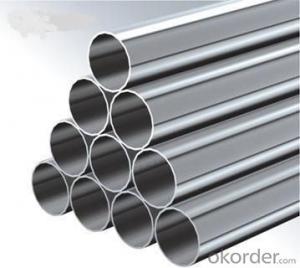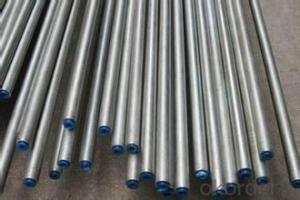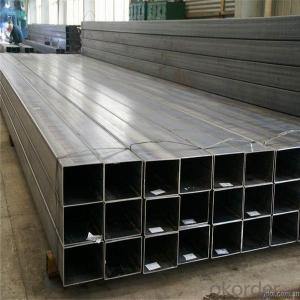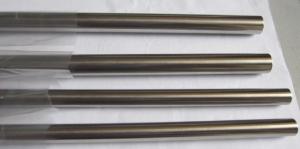304 Stainless Steel Pipe
304 Stainless Steel Pipe Related Searches
Best Paint For Stainless Steel Blanket Insulation For Steel Buildings Primer For Galvanized Steel Foam Filter For Stainless Steel H S Code For Stainless Steel Surface Grinding Wheels For Stainless Steel Surface Grinding Wheels For Hardened Steel Hole Saw For Stainless Steel Paint For Stainless Steel Stainless Steel For BbqHot Searches
Steel Mesh Panels For Sale Price For Stainless Steel Scrap Scrap Price For Stainless Steel Price For Stainless Steel Stainless Steel Tank For Sale Stainless Steel Sheets For Sale Cheap High Tea Sets For Sale Stainless Steel Tanks For Sale Stainless Steel For Sale High Density Fiberboard For Sale Solar Hot Water Collectors For Sale Scaffolding For Sale In Uae Scaffolding For Sale In Ireland Scaffolding For Sale In Houston Type Of Inverter For Solar Price Of Shipping Containers For Sale Types Of Inverter For Solar Stock Price For Aluminum Used Solar Inverter For Sale Steel Mesh Panels For Sale304 Stainless Steel Pipe Supplier & Manufacturer from China
Okorder.com is a professional 304 Stainless Steel Pipe supplier & manufacturer, offers integrated one-stop services including real-time quoting and online cargo tracking. We are funded by CNBM Group, a Fortune 500 enterprise and the largest 304 Stainless Steel Pipe firm in China.Hot Products
FAQ
- Indeed, stainless steel pipes are applicable for sewage treatment plants. The reason lies in stainless steel's ability to endure the harsh and corrosive conditions encountered in such facilities, owing to its corrosion-resistant nature. Its exceptional durability and lengthy lifespan render it a fitting option for conveying sewage and wastewater. Moreover, the smooth surfaces of stainless steel pipes prohibit debris buildup and promote fluid flow. Furthermore, stainless steel exhibits resistance against biological growth, enabling effortless maintenance and cleaning, thus guaranteeing utmost hygiene in sewage treatment plants.
- Mechanical properties of stainless steel tubes
- High temperature fatigue is the process of damage to fracture due to repeated stress changes in the material at high temperature. The results show that, at a certain high temperature, the fatigue strength of the 8 power high temperature of 10 is 1/2 of the high temperature tensile strength at this temperature.
- Indeed, hygienic applications can benefit greatly from the use of stainless steel pipes. Industries such as food processing, pharmaceuticals, and dairy heavily rely on stainless steel due to its ability to maintain cleanliness and prevent contamination. One key advantage of stainless steel is its exceptional resistance to corrosion. This is particularly significant in hygienic environments where bacteria and pathogens must be kept at bay. Stainless steel pipes demonstrate a remarkable resistance to rust and corrosion, even when exposed to various chemicals and cleaning agents commonly used in such settings. This resistance ensures the pipes' integrity and effectively prevents any contamination from occurring. Moreover, stainless steel boasts a smooth and non-porous surface, which greatly facilitates its cleaning and sanitization. This smoothness prevents the accumulation of dirt, bacteria, and other particles, thereby enabling the maintenance of a hygienic environment. Cleaning stainless steel pipes can be effortlessly accomplished using a range of methods, including steam, high-pressure water, or chemical cleaning agents. Furthermore, stainless steel is an extremely durable and long-lasting material. It can withstand high temperatures and pressures, making it suitable for an extensive array of hygienic applications. These pipes can be employed to transport fluids, gases, or other materials without compromising their hygienic properties. Additionally, stainless steel exhibits non-reactive properties, meaning it does not react with the substances it comes into contact with. This characteristic is of utmost importance in preventing any contamination or alteration of the transported substances. In conclusion, stainless steel pipes are highly appropriate for hygienic applications due to their exceptional resistance to corrosion, smooth surface, durability, and non-reactive properties. These pipes offer a dependable and hygienic solution for industries wherein cleanliness and prevention of contamination are paramount.
- The main difference between 304H and 316H stainless steel pipes lies in their chemical composition and corrosion resistance properties. 304H stainless steel contains higher levels of carbon than 316H, which provides it with improved high-temperature strength and resistance to sensitization. On the other hand, 316H stainless steel has higher levels of molybdenum and nickel, leading to enhanced corrosion resistance and suitability for use in more aggressive environments, such as marine applications. Overall, the choice between 304H and 316H stainless steel pipes depends on the specific requirements and environmental conditions of the application.
- Yes, stainless steel pipes can be insulated with cellulose. Cellulose insulation is a common choice for insulating pipes due to its high thermal resistance and fire-resistant properties. It can be used on various types of pipes, including stainless steel. Cellulose insulation can be applied to the pipes using different methods, such as wrapping the pipes with cellulose insulation blankets or filling the pipe cavities with loose-fill cellulose insulation. Insulating stainless steel pipes with cellulose can help prevent heat loss, reduce energy consumption, and ensure the pipes maintain a consistent temperature.
- The maximum wall thickness for stainless steel pipes can vary depending on the specific grade of stainless steel and the intended application. However, in general, stainless steel pipes can have a maximum wall thickness ranging from 0.065 inches (1.65 mm) to 3 inches (76.2 mm) or even more in certain cases. It is important to consult the appropriate industry standards, codes, or specifications for the specific grade of stainless steel being used to determine the maximum allowable wall thickness for a given application.
- The main difference between 304N and 304LN stainless steel pipes lies in their chemical composition and the presence of nitrogen. 304N stainless steel pipes have a higher nitrogen content compared to 304LN stainless steel pipes. Nitrogen enhances the strength and corrosion resistance of stainless steel, making it more suitable for applications in high-stress environments or corrosive conditions. The increased nitrogen content in 304N stainless steel pipes improves their overall performance in terms of strength, hardness, and resistance to pitting and crevice corrosion. On the other hand, 304LN stainless steel pipes have a lower nitrogen content but still possess excellent corrosion resistance properties. These pipes are specifically designed for low-temperature applications where toughness is required. The lower nitrogen content in 304LN stainless steel pipes helps maintain good weldability and formability, making them suitable for various fabrication processes. In summary, the difference between 304N and 304LN stainless steel pipes lies in the nitrogen content, which affects their strength, corrosion resistance, and suitability for different applications.















































